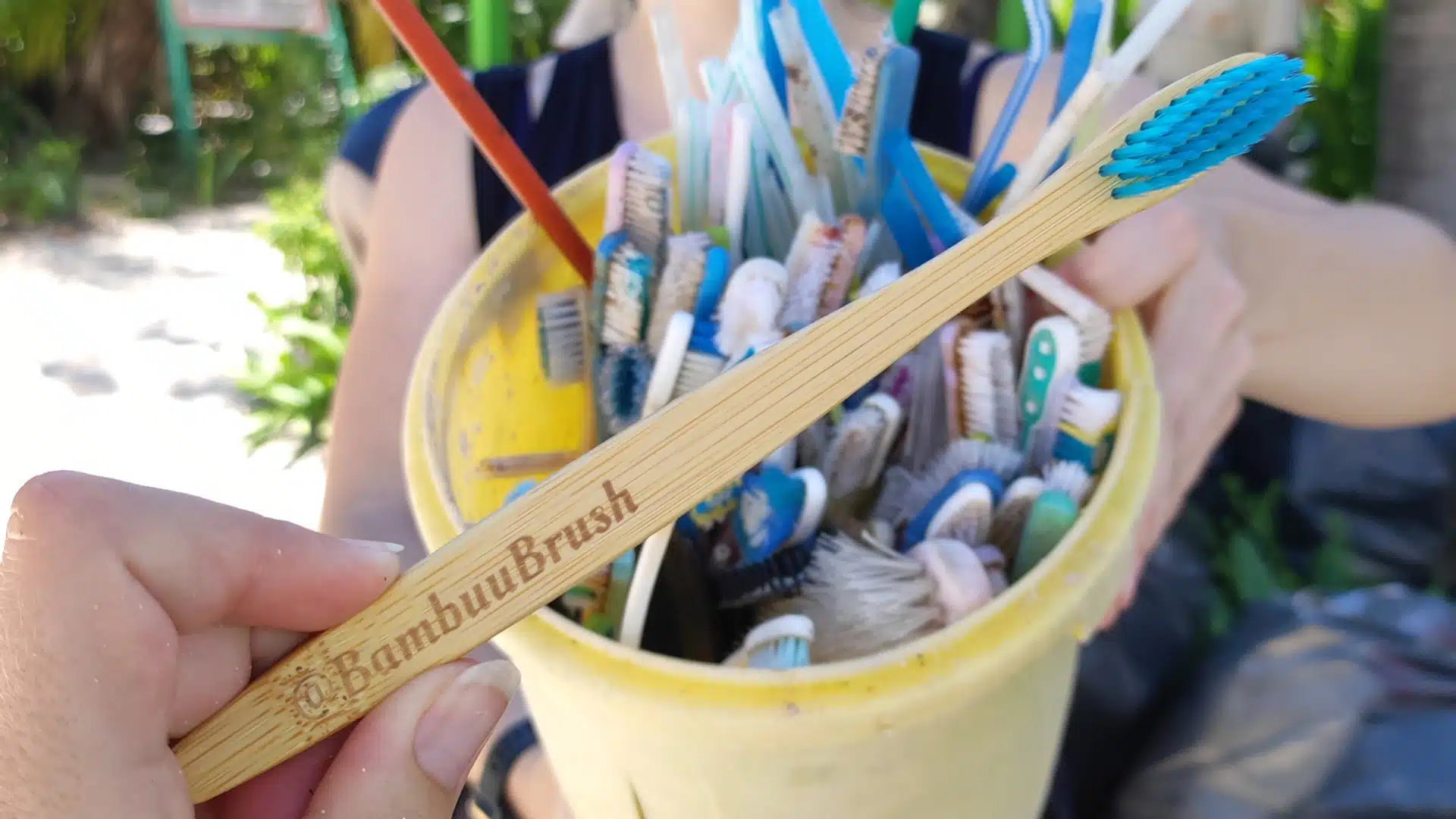The plastic lifecycle involves multiple stakeholders with different roles, responsibilities, and accountabilities. By working together and understanding our respective roles, we can develop effective solutions to plastic pollution and create a more sustainable future.
In general, stakeholders are grouped along the lifecycle of plastic: producers, governments, consumers, end-of-life waste management services, and civil society.
It is important to know that though all stakeholders play a role in developing effective solutions, not all stakeholders are equal. It is essential to understand our respective roles, responsibilities, and accountabilities in the plastic lifecycle – globally, nationally, and locally.
For example, multinational corporations that produce and distribute large volumes of plastic have greater responsibility and accountability for the environmental and social impact of their products than individual consumers. Global North governments also have a greater responsibility to regulate the production, consumption, waste export, and disposal of plastic than Global South municipalities or civil society.
That said, let’s first discuss the stakeholder groups. Plastic producers include companies that extract and refine the fossil fuels used to make plastic, as well as those that manufacture (including brand owners that outsource manufacturing) the final plastic products. These companies have a significant role in the plastic lifecycle as they determine the design, composition, and production processes of plastic products. These stakeholders can be global, national, or local producers that produce different product volumes and follow different processing.
Governments also play a critical role in regulating the production and use of plastic. They can impose taxes, bans, or regulations on plastic production, use, and disposal. Governments can also incentivize sustainable plastic production practices and invest in waste management infrastructure to reduce plastic pollution. Despite accounting for only 15% of the world population, Global North countries have greater plastic consumption and volume of waste per person than Global South countries. The U.S. produces ~42 million tons of plastic waste annually, more than any country in the world, and yet was one of the few countries that did not ratify the Basel Convention treaty to limit the export of hazardous waste, plastic waste, and other banned materials.
Consumers are also important stakeholders in the plastic lifecycle, as they are the ones who use and dispose of plastic products. Consumers in the Global North account for 40% of global plastic consumption. Global North consumers also have greater access to alternative materials and/or environmentally conscious products than consumers in the Global South.

Waste management companies are responsible for collecting, sorting, and disposing of plastic waste. These companies work privately and often contract with governments. They can also provide recycling services and educate consumers on proper waste management practices. Waste management services vary widely from Global North to Global South.
Civil society (e.g. NGOs, trade and industry associations) are also important stakeholders in the plastic lifecycle, as they can advocate for policy changes, raise awareness of plastic pollution, and promote sustainable consumer behavior. NGOs can also collaborate with other stakeholders to develop solutions to plastic pollution.
As we develop better solutions to manage plastic pollution, it is important that different stakeholders do not shift responsibilities onto other stakeholders. For example, producers cannot divert their role in how they design products and their role in improving the end-of-life management of their products by shifting the responsibility onto consumers alone. Governments cannot import or export plastic waste and ignore the waste management infrastructure and services of the receiving country.
In general, as consumers, we can reduce our plastic consumption, recycle, and support sustainable products. Governments can regulate the production, import/export, and disposal of plastic and invest in sustainable infrastructure. Producers can design and manufacture sustainable products, while waste management companies can develop effective waste management solutions. NGOs can advocate for policy changes and raise awareness of plastic pollution.
As we prepare for the 2nd Intergovernmental Negotiation Committee (INC2) meeting (28 May to 2 June, Paris, France), on the global plastics treaty, we invite you to stay tuned for our upcoming blog post (24 May). We will dive deeper into the roles, accountabilities, and responsibilities of upstream and downstream stakeholders and how they can address this global challenge. And how our film-activism model provides a mechanism to support and enable local-level execution.
Julie Andersen is the CEO and Founder of Plastic Oceans International. Julie’s Plastic Oceans work combines her career protecting human and environmental health, life sciences education and love for the ocean. She has worked in public health and nonprofit management internationally for the past 20 years, including the US, Japan, Hong Kong and Thailand.


Trackback: รักษาสิว
Trackback: ปังปังสล็อต
Trackback: สํานักงานบัญชี
Trackback: marbo 9000
Trackback: เช่ารถตู้พร้อมคนขับ
Trackback: สูตรสล็อต ใช้งานฟรี
Trackback: ทางเข้า lucabet
Trackback: healty eating
Trackback: การเล่น บาคาร่า ทรูวอเลท
Trackback: Ufamax24
Trackback: ทางเข้าpg168
Trackback: Scienc1e
Trackback: essentials
Trackback: Plinko App
Trackback: Bassetti Bettwäsche 200x200 Online Shop
Trackback: ufa789
Trackback: ร้านดอกไม้